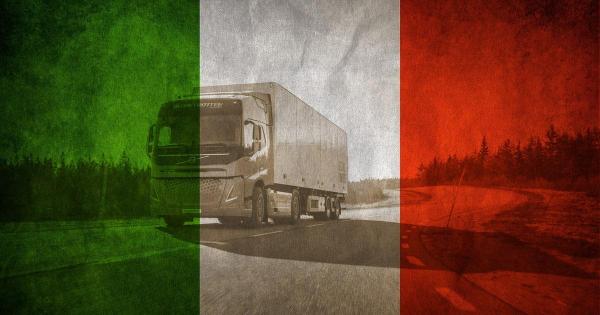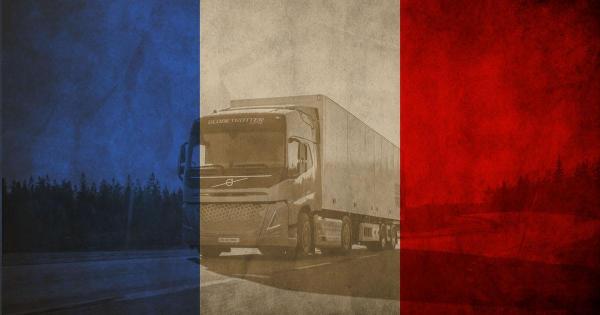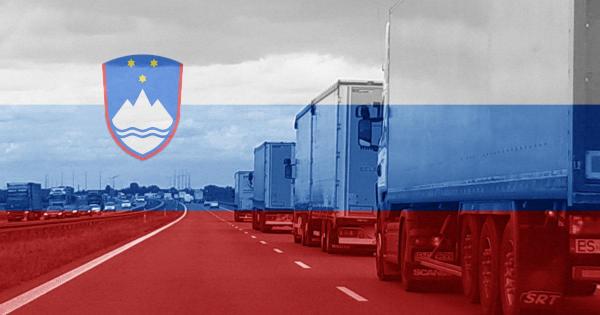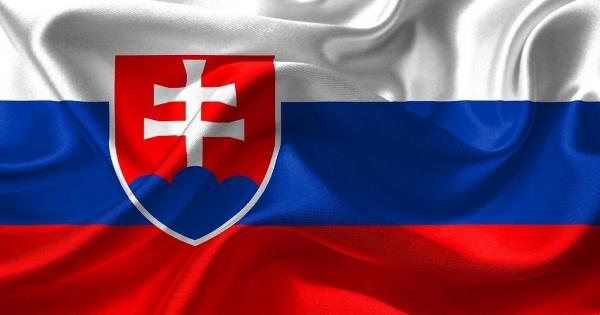
An HGV driving ban in Italy connected with a holiday driving ban in Austria
A driving ban for vehicles with a MAM of more than 7.5 ton will be in effect on October 26 from 00:00 to 20:00 PM on the northbound section of the A22 motorway from Vipiteno to the Austrian border.
The reason for the ban is a holiday driving ban in Austria, which is in effect on October 26, which is the National Day.
The ban does not apply to vehicles used for the following purposes:
• transports of slaughter cattle or livestock,
• supplies of beverages to tourist areas,
• urgent repairs of cooling systems, towing services, roadside assistance,
• road maintenance,
• vehicles used by public security services, fire brigades, for garbage collection, waste disposal
• vehicles used by companies providing regular scheduled passenger transport services, as well as army trucks and agricultural machinery used for journeys that cannot be postponed;
• journeys in combined road-rail freight transport, which can be confimed by providing a parking space reservation containing information about the vehicle registration number, the journey date and time of the reserved train.

Tirol: 24 days with limited cross-border HGV traffic in 2024
According to the official restriction schedule, there are 24 days when the number of lorries passing through the checkpoint at the Kufstein-Nord border crossing on the A12 Inntal motorway will be limited to 300. On the days listed in the schedule, the measure will be applied starting from 05:00 AM.
The restrictions will be implemented on the following days in the first half of 2024:
➡ January 8 (Monday)
➡ February 5 (Monday)
➡ February 12 (Monday)
➡ February 19 (Monday)
➡ February 26 (Monday)
➡ March 4 (Monday)
➡ March 11 (Monday)
➡ March 28 (Thursday)
➡ April 26 (Friday)
➡ May 2 (Thursday)
➡ May 3 (Friday)
➡ May 6 (Monday)
➡ May 7 (Tuesday)
➡ May 8 (Wednesday)
➡ May 10 (Friday)
➡ May 17 (Friday)
➡ May 18 (Saturday)
➡ May 21 (Tuesday)
➡ May 22 (Wednesday)
➡ May 23 (Thursday)
➡ May 27 (Monday)
➡ May 28 (Tuesday)
➡ May 29 (Wednesday)
➡ May 31 (Friday).
❗ Remaining dates until the end of this year:
➡ November 15 (Wednesday)
➡November 16 (Thursday)
➡ November 22 (Wednesday)
➡ November 23 (Thursday)
➡ November 29 (Wednesday)
➡ November 30 (Thursday)
➡ November 12 (Monday)
➡ December 12 (Tuesday).

Poland prolongs controls at the border with Slovakia
The Polish Minister of the Interior and Administration has prolonged border checks at the Polish-Slovak border until November 22.
The border can only be crossed in designated places. Border controls have been introduced to prevent illegal migration along the Balkan route. Travellers crossing the Polish-Slovak border must be in possession of valid travel documents (ID card or passport).
The border can be crossed at the following points:
▶️9 road border crossings:
• Radoszyce;
• Periwinkle;
• Muszynka;
• Leluchów;
• Piwniczna-Zdrój – Mnišek nad Popradom;
• Jurgów;
• Chyżne;
• Korbielów;
• Zwardoń – Skalité Platforma.
▶️ 3 railway border crossings:
• Łupków – Palota;
• Muszyna – Plaveč;
• Zwardoń–Skalité.
▶️ 1 pedestrian border crossing:
• Zwardoń – Mýto.

France: an HGV driving ban in Brittany on Thursday
Transport Minister Clément Beaune has announced that HGV traffic will be prohibited in Brittany owing to strong gusts of wind expected during Storm Ciarán.
The holiday driving ban on Wednesday will be retained, especially in prefectures along the coast. The minister has asked drivers to respect the “complete driving ban” in the departments of Finistère, Côtes-d’Armor (Brittany) and Manche (Normandy), where a red alert has been announced.

Austria prolongs border controls with the Czech Republic
On October 27, the Austrian Minister of the Interior issued an amending regulation which prolongs temporary controls at the internal borders with the Czech Republic until November 16.

Belgium – night closures on two important routes
Difficulties are expected on the E34 and E19.
➡ The E34 road (European route through Belgium, the Netherlands and north-western Germany) will be closed in Retie in the direction of Antwerp from 00:00 on Tuesday, October 31, until 7:00 AM on Wednesday, November 1. Traffic towards Antwerp will be diverted along the emergency L road.
➡ the E19 road (the European route connecting the Netherlands, Belgium and France) in the direction of the Netherlands will be closed near Schoten from 00:00 on Friday, November 10, to 7:00 AM on Saturday, November 11 . Traffic towards the Netherlands will be diverted along the emergency C road.

Slovenia: a derogation from the driving ban on October 31
The exception applies to vehicles with a total permissible weight above 7.5 tons bound for the Port of Koper.
On Tuesday, October 31, lorries and vehicle combinations with a total permissible weight over 7.5 tons will be exceptionally allowed to travel provided they are transporting goods to or from the Port of Koper. To benefit from the derogation, drivers need to present shipping documents confirming that they are going to or have left the port of Koper to pick up or unload goods transported by sea.
You can find detailed information about HGV driving bans, including a list of derogations and exemptions for a number of countries at www.trafficban.com.

Slovenia: a derogation from the driving ban on October 31
The exception applies to vehicles with a total permissible weight above 7.5 tons bound for the Port of Koper.
On Tuesday, October 31, lorries and vehicle combinations with a total permissible weight over 7.5 tons will be exceptionally allowed to travel provided they are transporting goods to or from the Port of Koper. To benefit from the derogation, drivers need to present shipping documents confirming that they are going to or have left the port of Koper to pick up or unload goods transported by sea.

Slovakia: a suspension of the HGV ban on November 17
At the request of ČESMAD Slovakia, a general exemption from the HGV ban has been granted on the November 17, which is a public holiday ( Struggle for Freedom and Democracy Day).
The exemption applies to all HGVs traveling on motorways, first class roads and roads with international traffic, arriving in Slovakia from some neighboring countries, whose destination (e.g. company headquarters or the place of unloading) is located in Slovakia.
Please be advised that that no exemption has been granted on November 1, which means that the driving ban is in effect as usual from 00:00 to 10:00 PM.

Austria: an exit ban on the A10 motorway from October 26 to November 5
During this period lorries are prohibited from leaving the A10 motorway at selected junctions and using adjacent regional and municipal roads to avoid traffic jams. This ban does not apply to vehicles transporting goods to destinations in Austria.
The exit ban applies on following junctions of the A10 motorway:
❌ In the direction of Salzburg:
• from the Pfarrwerfen-Werfen junction (exit 44) onto the L229 road to Werfenweng
• from the Pongau junction (exit 46) via A10;46;R5 ramp onto the L276 road to Kreuzberg
• from the Eben im Pongau junction (exit 60) to the B99 Katschberg Straße
❌ In the direction of Villach:
• from the Hallein junction (exit 16) towards Villach onto the L 107 Wiestal Landesstraße (roundabout)
• from the Golling-Abtenau junction (exit 28) towards Villach onto the B 159 Salzachtal Straße
• from the Kuchl junction (exit 22) to the B 159 Salzachtal Straße
❌ In addition, lorries are not allowed to leave the A 10 motorway using exit roads from the Landzeit service areas (Gasthof Nord and Süd):
• via the Gasthofsiedlung road
• via the industrial area of Gasthof Süd
to enter adjacent municipal roads, except for vehicles transporting goods to destinations in Austria.